A World Leader in Multi-Purpose and Heavy-Lift Trades
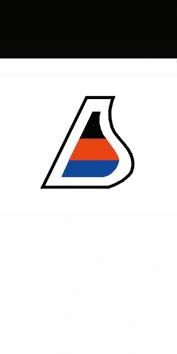
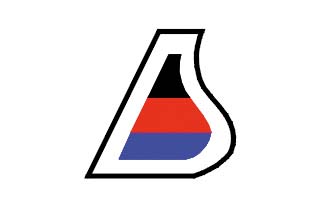 A large fleet of 160 multi-purpose and heavy-lift vessels are operated from an impressive waterfront headquarters building in the German East Frisian port of Leer by the BBC (Briese Bischoff Chartering) shipping group. Leer is located half way between Emden and the shipbuilding town of Papenburg, with the river Leda at Leer flowing into the Ems. Leer has the second highest concentration of German shipowners after Hamburg, with sixteen companies managing over four hundred vessels. This is partly due to having a thriving Institute of Maritime Studies, with students obtaining degrees in naval architecture, ship management as well as seagoing certificates to man this huge fleet of vessels. One quarter of the German merchant fleet is registered or controlled from the port of Leer, which has a history as a settled community with a chapel dedicated to St. Ludger in the year 791 AD as the first chapel in East Frisia (Ostfriesland), and an earlier history of several thousand years.
A large fleet of 160 multi-purpose and heavy-lift vessels are operated from an impressive waterfront headquarters building in the German East Frisian port of Leer by the BBC (Briese Bischoff Chartering) shipping group. Leer is located half way between Emden and the shipbuilding town of Papenburg, with the river Leda at Leer flowing into the Ems. Leer has the second highest concentration of German shipowners after Hamburg, with sixteen companies managing over four hundred vessels. This is partly due to having a thriving Institute of Maritime Studies, with students obtaining degrees in naval architecture, ship management as well as seagoing certificates to man this huge fleet of vessels. One quarter of the German merchant fleet is registered or controlled from the port of Leer, which has a history as a settled community with a chapel dedicated to St. Ludger in the year 791 AD as the first chapel in East Frisia (Ostfriesland), and an earlier history of several thousand years.
The villages of Esklum and Bingum lie at the confluence of the Leda and the Ems, with two road bridges across the Ems from Leer to Bingum. The border between Germany and the Netherlands lies just to the west of the Ems at this point, leading to quite different nation building strategies in the two countries. The land on the Dutch side of the border was drained with the peat dug out to expose the subsoil below. The result today is that it is a very prosperous region with agriculture as the dominant industry. The land on the German side of the border is called Emsland and has been less intensively cultivated due to fens on both sides of the river Ems.
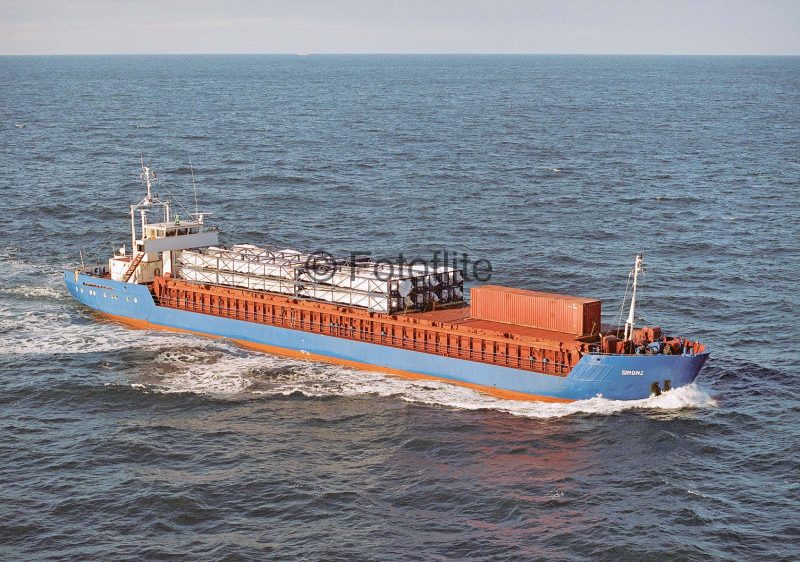
Capt. Roelf Briese And The First Fleet
Capt. Roelf Briese was born in 1944 in the fishing village of Ditzum on the west part of the river Ems, and went to sea at the age of sixteen years in deep sea ships, obtaining his Master’s ticket at the young age of 23 years. He came ashore to study naval architecture at the Leer Institute of Maritime Studies, obtaining a Diploma in Engineering, and then worked for the Institute teaching technical ship management, navigation and seafaring. In 1983, he established his own Briese Schiffahrts Gmbh & Co. KG in Leer, and four years later he began a close collaboration with the shipowner Bruno Bischoff.

The first two owned ships were being traded in 1987 as Simone of 1,600 dwt in the Mediterranean e.g. on voyages from Bizerta in Tunisia to St. Louis de Rhone, and as Sina of 4,260 dwt on deep sea voyages e.g. from Emden and Antwerp to Puerto Plata in Argentina. Seven ships were owned in 1991, again employed on European, Mediterranean and Transatlantic voyages. The fleet of 25 multi-purpose vessels that was being traded in 1995 saw further expansion from the European trades into Caribbean and worldwide trades, using vessels ranging from 2,500 to 5,000 dwt. The sisters Amke, Sina, Sun Bay and Sun Bird of 4,260 dwt were employed on worldwide voyages e.g. Demerara to Houston with sugar, Wilmington (NC) to Halifax (NS), and from Broome to Fremantle in Western Australia. The fleet was expanded at the Millennium from a combination of newbuildings and purchased vessels including the feeder container ships OPDR Cadiz, OPDR Lisboa and OPDR Tanger of 435 TEU capacity in twin cellular holds on charter to Oldenburg Portugiesche Damps Rhederi (OPDR) of Bremen, and the ro-ro Medstar of 5,627 grt built in 1990 as Martha Russ for Ernst Russ Gmbh of Hamburg.
The fleet were given names that have been repeated down the years including Alta Mar, Dollart, Bavaria, Frigga, Hannah, Hanse, Hematland, Koppersand, Leknes (launched as Wilke), Leysand, Miramar, Musketier, Porthos, Remmer, Santiago, Star, Tanja, Tornator and Wilke, the latter named after the son of Capt. Roelf Briese. This fleet was initially built up from German and Dutch yards, in particular the Pattje yard at Waterhuizen, the Bodewes yard at Foxhol, the Cassens yard at Emden, the Paul Lindenau yard in Kiel, the Julius Dietrich yard at Oldersum and the Damen yard at Gorinchem. Later, hulls were launched at the Damen yards in Nikolayev and towed to their yards at Foxhol and Gorinchem for completion. Yards in Eastern Europe were also used, including the Rousse yard in Bulgaria, the Slovensko Loderice yard at Komarno in Slovenia, the Brodogradiliste yard at Novi Sad, and the Stocznia Polnocna S.A. or Northern yard in Gdansk.
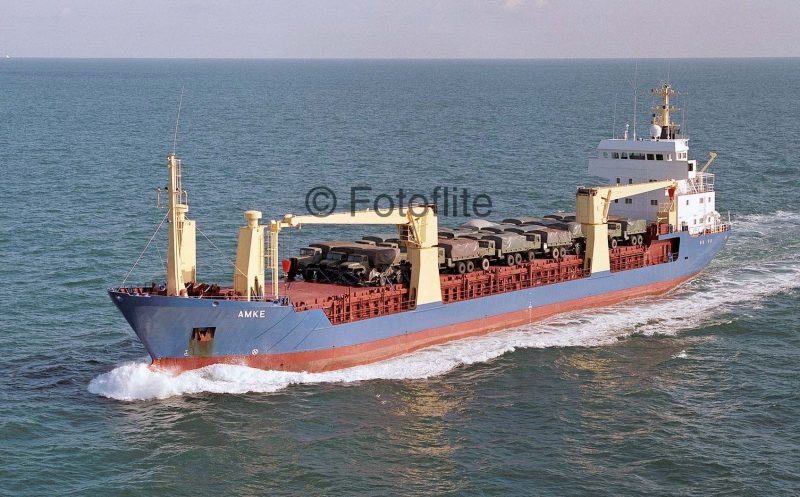
In 2005, Briese invested in shipbuilding on a more local level through the acquisition of a large part of the 41,000 square metres of the Jansen shipyard area in Leer. This was designed to revive shipbuilding activity in Leer under the name of Nessewerft shipyard. Several steel processing and electrical companies have located within the shipyard, enabling it to offer more than just maintenance services. Briese vessels are repaired here, and five cargo ships were converted to burn heavy fuel oil instead of diesel oil, and then shipbuilding commenced with the first float-out and delivery in 2008 of the vessel Borgenfjord of 3,300 dwt. A number of Briese related and associated companies had also been set up in Leer including the crewing agency Leda Shipping Gmbh, Ems Offshore Service Gmbh, Ems Port Agency and Stevedoring Gmbh, and ETB Befractungs Gmbh.

Sign-up today to read the full article!
Simply click below to sign-up and read the full article, as well as many others, instantly!
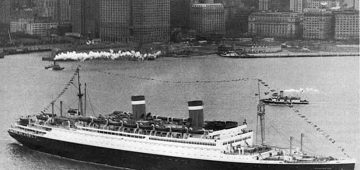

Comments
Sorry, comments are closed for this item